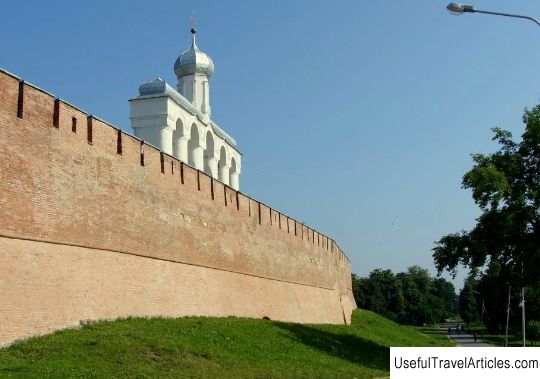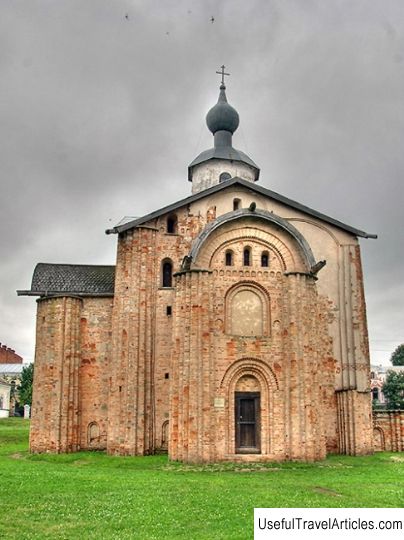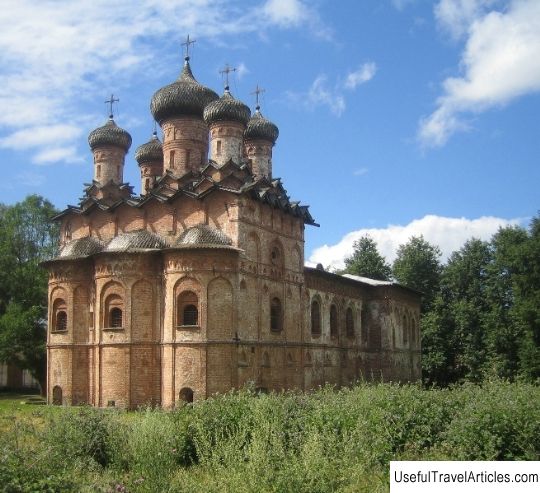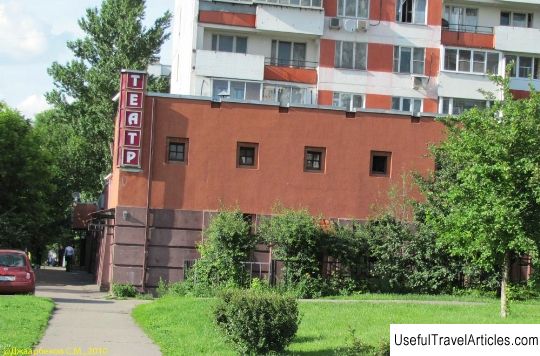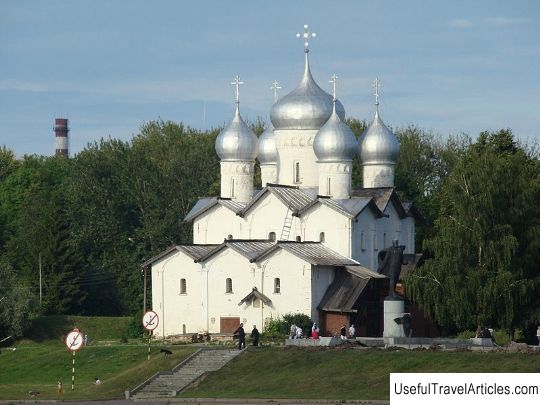Alekseevskaya (White) Tower description and photos - Russia - North-West: Veliky Novgorod
Rating: 9,0/10 (1344 votes) 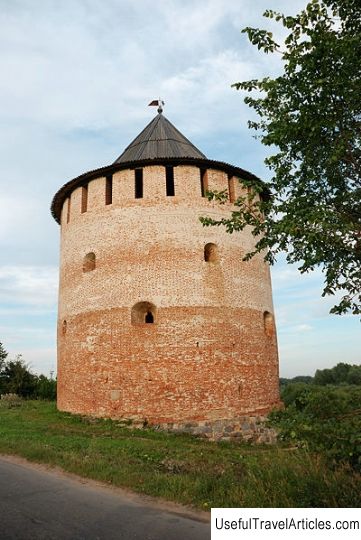
Alekseevskaya (White) tower description and photos - Russia - North-West: Veliky Novgorod. Detailed information about the attraction. Description, photos and a map showing the nearest significant objects. Photo and descriptionThe external fortifications of Veliky Novgorod have changed many names. The current name - Okolny town, was fixed at the end of the XIV century and has survived to this day. The defense line stretched for 11 km. Fortifications were located both on the Sophia and on the Trade side, thanks to these fortifications, Novgorod was called great. For five centuries, the fortifications of the Okolny city were often changed and transformed, there were such fortifications as tyn and gorodni, chopped towers, stone towers, but all this went into oblivion. Particularly impressive are the ramparts of Novgorod, on which only one tower remains. The Alekseevskaya Tower, also known as the White Tower, has the status of a historical monument of Novgorod. It is the only stone tower of the Okolny city of Veliky Novgorod, which has survived to this day. The tower was erected in 1582 - 1584. It is assumed that the construction was not done without the participation of an Italian master, there is no evidence of this, but such a possibility cannot be ruled out. However, it should be remembered that by that time the Russians were building monasteries, churches and everything in stone and brick. The Alekseevskaya Tower is an impressive four-tiered structure, round in plan, the height of which reaches 15 meters, with an outer diameter equal to 17 meters. The walls are 2.2 meters thick, while the first tier is 4.5 meters thick. In view of the fact that the construction of the Alekseevskaya tower was carried out on filled soil, it has a fairly strong foundation, consisting of a limestone slab, and lined with granite boulders. It is believed that the foundation is one of the reasons for the preservation of the tower to our time. Inside there are three tiers of loopholes and a tier with battlements; between the tiers there are bridges, communication by stairs that are laid in the thickness of the wall. But, as a rule, in towers of this type, between the bridges there were also wooden stairs, which, by the way, were not badly preserved, or openings in the bridges themselves for lifting weights. In the first tier there are 3 gun and 3 food loopholes, six in total. The second tier was filled with four cannon loopholes and one small - squeaky, it was at the entrance. The third tier consisted of five cannon loopholes. The fourth ended with merlons - teeth, 24 pieces, rectangular, without loopholes in the barrel. The tower was a powerful defensive structure on the approach to the city from the south. On the north side, the Petrovskaya tower was built, but it has not survived. Towers of this type were ideal for cannon defense. The abundance of convenient loopholes, the sufficient thickness of the walls, made it possible to withstand the pressure of enemy artillery for a long time. In the 17th century, after the siege by the Swedes, the tower underwent some changes. The changes affected both the appearance and the internal design. The necessary repairs were done, the height of the structure was increased by an additional tier, and work was also carried out to improve the delivery and lifting of supplies. At the end of the main work, the tower was whitewashed, that's actually where it got its second name. In 1697, Peter I ordered to remove military equipment from the walls around the settlement and transport it to the Kremlin for storage. So the existence of one of the largest fortresses of ancient Russia ceased. From the middle of the 17th century, over 350 years, the tower was destroyed many times and lost its tent, but it was restored again.In the second half of the last century, the last tier was completely destroyed, and on the third, numerous bushes grew, destroying the masonry and the foundation. But in the nineties, the tower was restored, covered with a tent, and, protecting from vandals, all the entrances were bricked up. In the future, it is planned to restore the ancient tower with funds allocated under the federal program "Preservation and use of the cultural heritage of Russia." If there are no changes in the plans, an exposition dedicated to ancient Russian weapons will be placed in the Alekseevskaya Tower.       We also recommend reading Government House description and photos - Australia: Sydney Topic: Alekseevskaya (White) Tower description and photos - Russia - North-West: Veliky Novgorod. |
